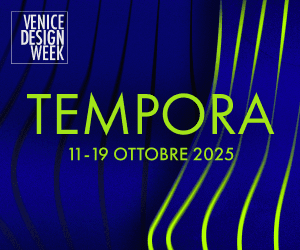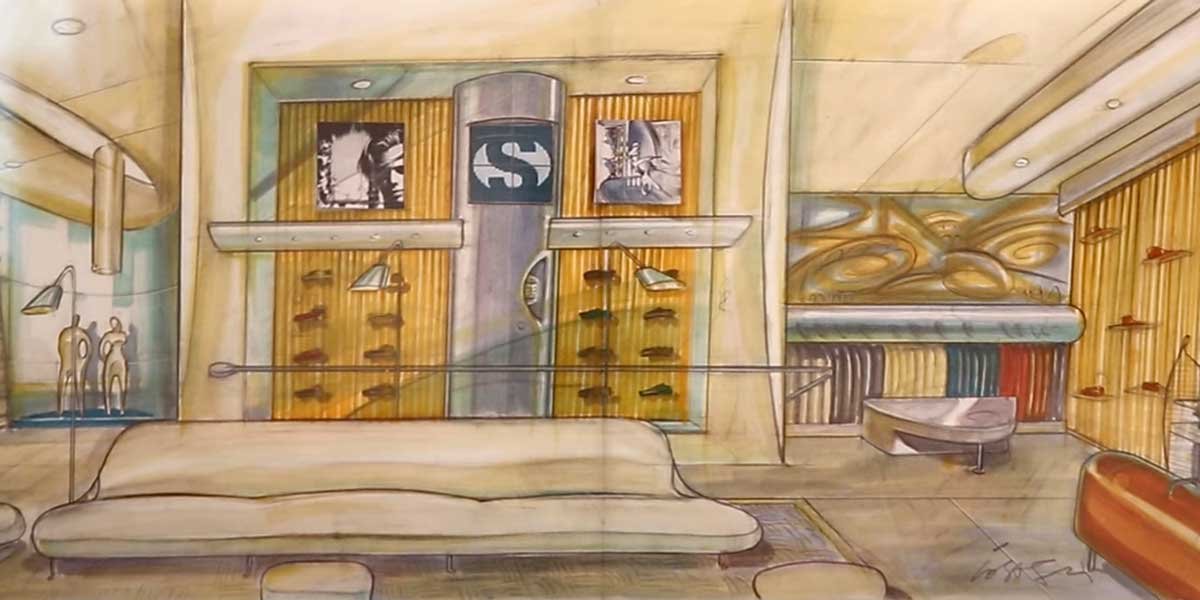On the occasion of his birth (May 3, 1931), which falls today, we wish to pay tribute—through design—to a great master who contributed to the creation of many domestic objects.
Born in Milan, Aldo Rossi was an extremely multifaceted figure. Today he is best remembered as an architect, but throughout his career he was also a writer, teacher, curator, painter, occasionally a filmmaker, and naturally, a designer.
Rossi approached design only in the early 1980s, during the final phase of his career, and continued to devote himself to it uninterruptedly until 1997, the year of his untimely death in a car accident.
Portrait of Aldo Rossi with the “Momento” clock

However, his work as a designer is perfectly in line with the architectural practice and theory developed in previous years, to the point that his design objects can be considered true miniature architecture.
“It doesn’t matter if some of these coffee makers look more like buildings than like pots.”
(Aldo Rossi)
Aldo Rossi, “Domestic composition”. Woodcut of the creations for Alessi

Rossi graduated in architecture from the Polytechnic University of Milan in 1959, but his early years were marked especially by intellectual work and active participation in the contemporary cultural debate. In 1966 he published The Architecture of the City: destined to become a true classic, it is among the books that most influenced the architectural culture of the second half of the twentieth century for its absolutely innovative way of thinking about the relationship between architecture and the historical legacy of the city.
Contrary to the modernist theories that had dominated the first half of the century, Rossi conceived of the city as the sum of all the architectural styles that had emerged over the centuries and he believed the goal of contemporary architecture was to seek dialogue and integration with the past. In his subsequent architectural work, Rossi strove to find forms capable of creating a meeting point between past and present, between modernity and tradition—forms he identified as elementary geometric shapes, which he called archetypes.
Aldo Rossi, “La Conica” espresso maker, Alessi, 1984

It was precisely on the basis of this rich professional and intellectual background that Rossi entered the world of design in the early 1980s. During those same years, Alberto Alessi was transforming the production of his namesake brand according to what was then a revolutionary idea: the belief that design objects should not merely be functional, but also embody artistic, poetic, and emotional values capable of capturing the public’s imagination.
Aldo Rossi, “La Cupola” espresso maker, Alessi, 1988

Rossi’s poetic and evocative approach fit perfectly with Alessi’s vision and took shape in the Tea & Coffee Piazza project—a collaborative initiative involving numerous internationally renowned designers in creating tea and coffee sets. From this project came La Conica, Rossi’s first major design for Alessi and destined to become an icon of 1980s design. This was followed by a series of accessories including a pitcher, sugar bowl, creamer, the Cupola espresso maker, and the Momento clock.
Composed of the elementary shapes typical of his architecture, Rossi’s creations for Alessi bring the richness of his architectural philosophy into the small scale of the domestic landscape.
Salva

























